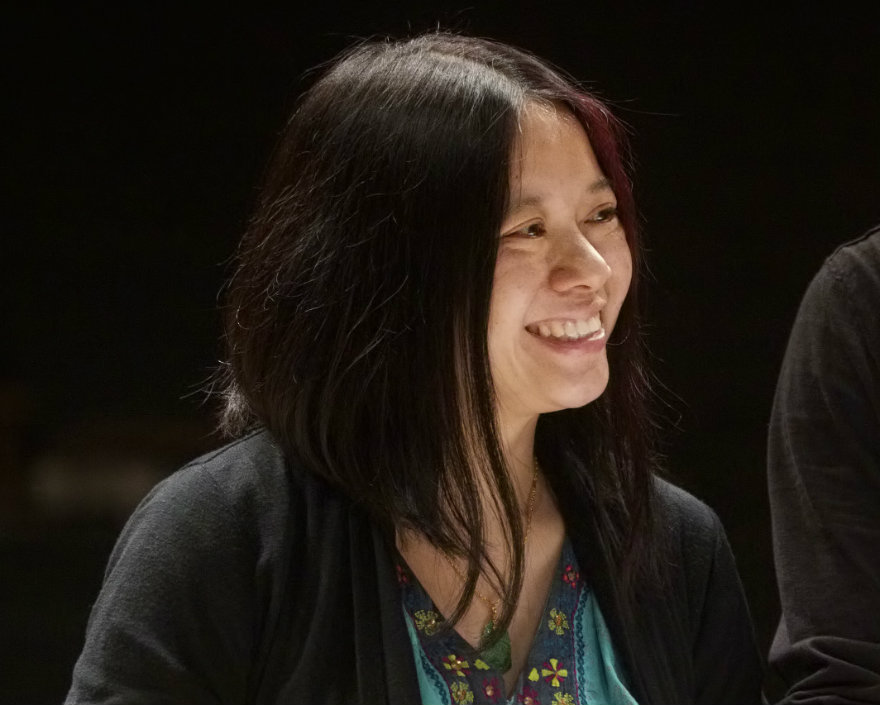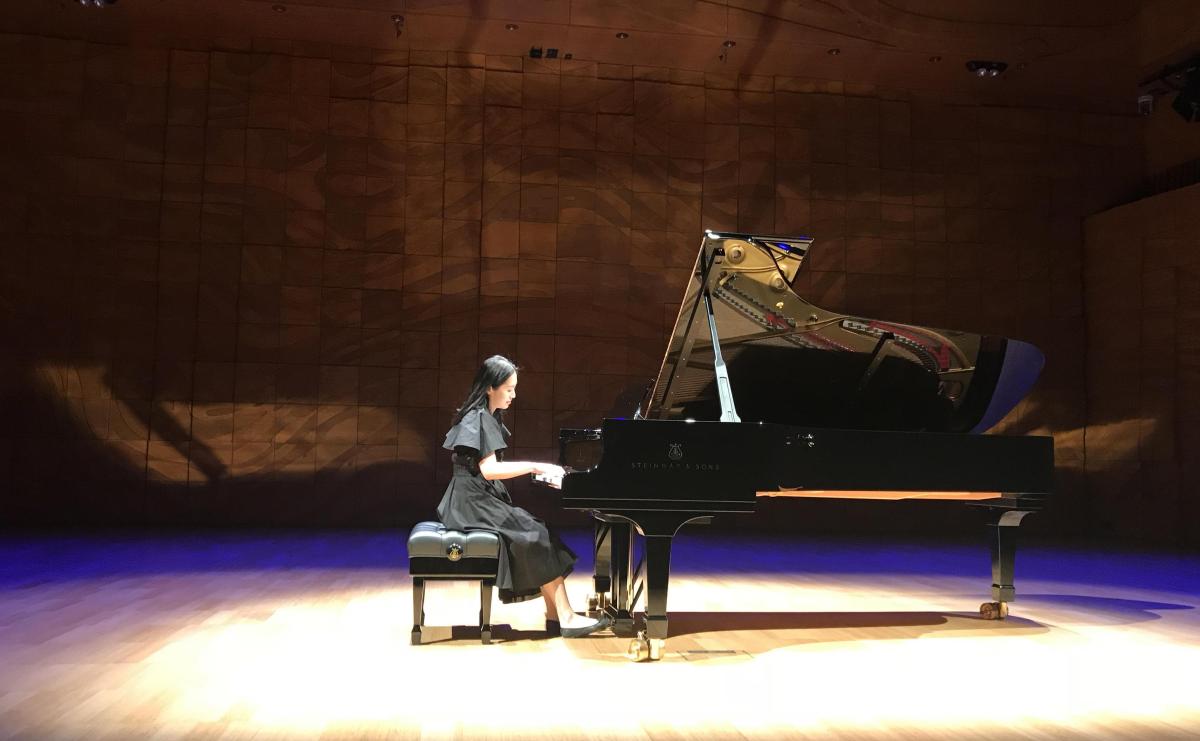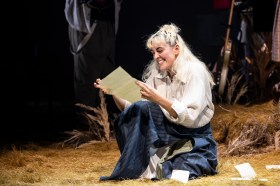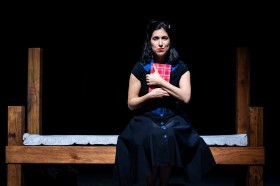The premiere of a composer’s work is the culmination of so much toil that often goes unseen – the hours at a computer, perhaps by yourself in a small studio, or just off in another room trying to find some peace. It’s the occasion when an audience finally hears what has been taking up so much of your time and energy, and it’s often accompanied by wine, kind words and applause.
But as composers, we need to think about much more than that first night if we are to reach a wider audience, sustain a career and continue to be creative. We need to plan and strategise so that our work can go farther and do more beyond the one-and-done commission.
As an art music composer, I relish a fresh creative challenge and the thrill of a new commission, but unfortunately writing music takes time. It’s been important for me to look at how usage and presentation of my music can be sustained while I get on with the next project.
My last album, The Art of Disappearing took me 18 months to write, rehearse and record – I’m very proud of the project, but an all-consuming year-and-a-half is huge investment! So, I have tried to make the album as modular as possible, working with different collaborators so that the work can be maximised across performance formats: a full 60-minute song cycle, a 30-40-minute festival version or as single songs for a recital. The instrumental movements combine to form my second string quartet, ‘Time Echoes Your Sound,’ which can be performed separately and has been choreographed and filmed by Australian choreographer Louisa Poletti. Different track durations means I have been able to pitch music for both radio airplay and Spotify playlisting.
In my role as APRA AMCOS’ Art Music Specialist, I see how crucial it is to our members’ livelihoods to have a body of work that continually generates royalty income from multiple sources and doesn’t just end up in a vault. The work you create needs to have life beyond that first big push, the premiere.
The work you create needs to have life beyond that first big push, the premiere.
As program administrator for APRA AMCOS’ annual $100,000 Art Music Fund, an initiative with the Australian Music Centre, I help our members apply for funding that is intended to cover the cost of commissioning a new work.
What we need to see from applicants is not just new work but a solid exploitation plan to accompany it. The applications that show a lack of planning or a lack of reaching out to potential partners are the ones that fall short.
I strongly encourage applicants to contact me before and during the application process and I’ll ask them, ‘What does your “bang for buck” look like?’ In other words, where will the work be presented, how many times, and in what kind of different formats, e.g. live, recorded, broadcast or synchronised? These are questions that composers should ask themselves with every new work, and ones that I have learned to apply to my own practice.
The reality is while the creative work is paramount, without a business plan to accompany it the shelf-life of the work is likely to be quite short.
Should you consider other factors surrounding your broader practice when creating music? I strongly believe so. It’s incredibly important to think about where your existing work sits and where it could be pitched or made available to ensure these revenue streams further develop, as a way to build a sustainable career for your practice.
A composer’s catalogue is essentially a collection of assets that are there to keep humming along, allowing you the valuable time needed to create. Whether that is by score sales, recording income (streaming or sales) or the royalties you receive for performance, broadcast and reproduction, every bit helps.
Let’s reverse engineer this for a moment – most radio stations look for music between 5-8 minutes for airplay. Well, can there be at least one movement in this piece that fits the format? Is there a really great moment for a soloist or featured musician in this piece – do you have the resources to excerpt it as a solo work for recital programming?
I also encourage composers to embark on co-commissions, or organising co-premieres – multiple ensembles with similar aesthetic or instrumentation around the world that agree to present the work in different territories. Again, when working on or pitching something, a composer should consider, ‘Who else may be interested in this? Can I get them involved from the get-go?’
Making those connections and pitching a co-presents can be understandably daunting for many in our field. You’re a composer, not a programmer or a producer. In the case of the Art Music Fund, I have seen how much easier the approach can be when the work’s composition fee (or a substantial portion of) could potentially be funded by a grant that you, the composer, are submitting the application for.
While the creative work is paramount, without a business plan to accompany it the shelf-life of the work is likely to be quite short.
In this way, the Art Music Fund has proven to be a great ice-breaker for composers. It is heartening to see these relationships develop, and even if an application is unsuccessful, a door has been opened to future conversations and opportunities, and perhaps another application the next year.
To date, the fund has awarded grants to 39 recipients, funding 34 projects across classical, jazz and experimental practices, from emerging to mid-career to established composers. It’s rewarding to see how the recipients have leveraged their initial plan into second and third phases.
Lisa Illean’s Cantor for soprano has been presented by seven different ensembles worldwide, with performances in Australia, New Zealand, UK, Germany and Taiwan.
Up-and-coming Brisbane composer Connor D’Netto’s 2018 funded work has already wowed audiences on three continents. His String Quartet 3 was a co-commission with Australian Festival of Chamber Music, Goldner String Quartet (AUS), Mivos Quartet (USA) and Modulus Quartet (UK).
2017 recipient Lisa Cheney’s children’s opera adaptation of The Owl and The Pussycat has to date been performed at major festivals including the 2018 Commonwealth Games and Brisbane Festival. The work continues to prove its longevity, with a recent cast album release leading into a significant touring schedule of 25 venues this year.

Australian composer Liza Lim. Photo credit: Klaus Rudolf.
One of Australia’s foremost composers Liza Lim premiered her funded work Extinction Events and Dawn Chorus in Witten, Germany in 2018, which was broadcast subsequent times on European radio and released as an album.
Lim summarises what the Art Music Fund’s intentions are: ‘The Art Music Fund in its short existence has already played a significant role in commissioning major works which would not have come into being without that support. The fund’s continuation is really vital for the new music world and for composers at a time when there have been quite devastating cuts to funding for individual artists.
‘The national and international perspective of the fund is also really important in terms of encouraging work that has a life beyond the first performance, all of which feeds into the sustainability of the field,’ she said.
The fund helps composers reach new audiences, build relationships with new partners (at home and abroad), and further their own careers and the reputation of their partners.
I strongly encourage composers from all career stages and art music disciplines – whether you apply for the Art Music Fund or not – to consider these questions: How do I utilise what I already have? What other audiences can I reach? Who else can help me with this work? Where can this work go?
And, how do I make this piece, this project, bigger than just me?
2020 Art Music Fund applications close 5pm AEDT 24 February. Successful applicants will be announced in April.





